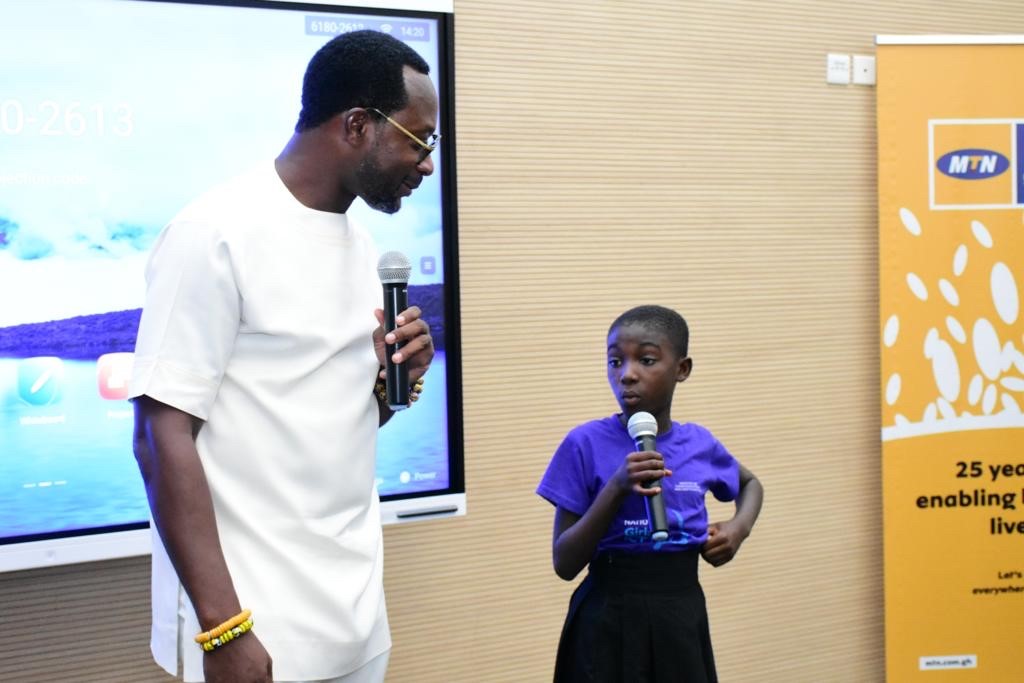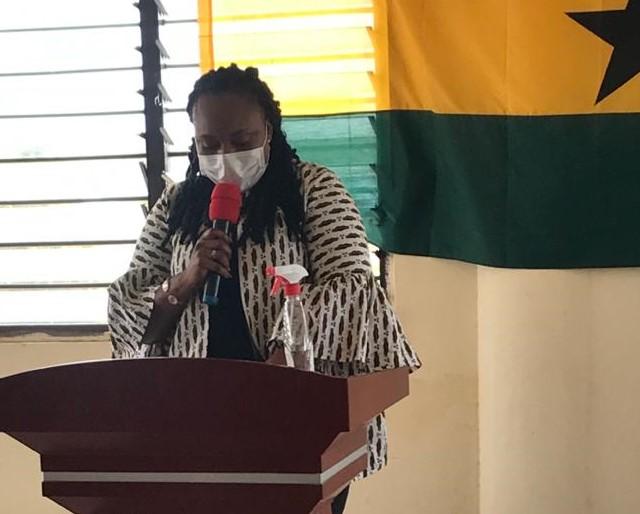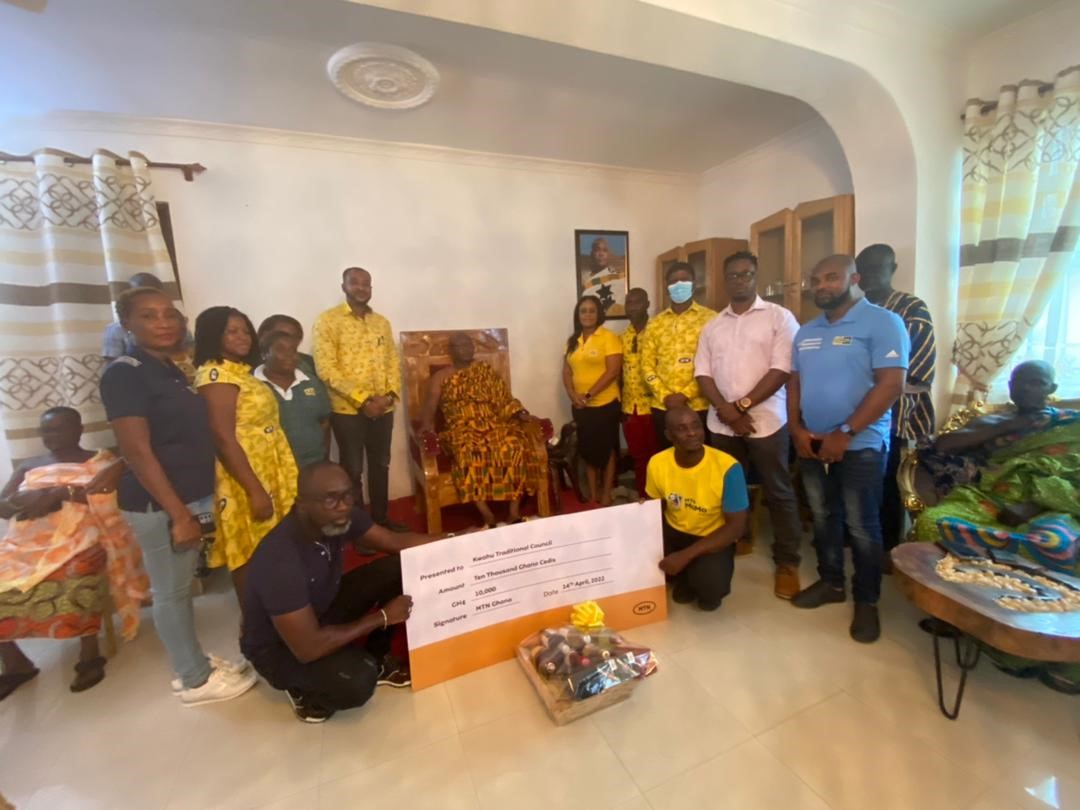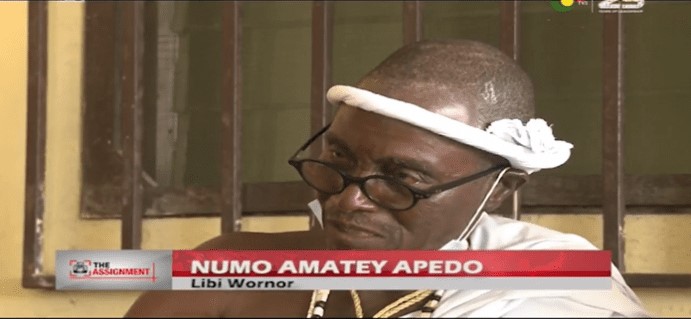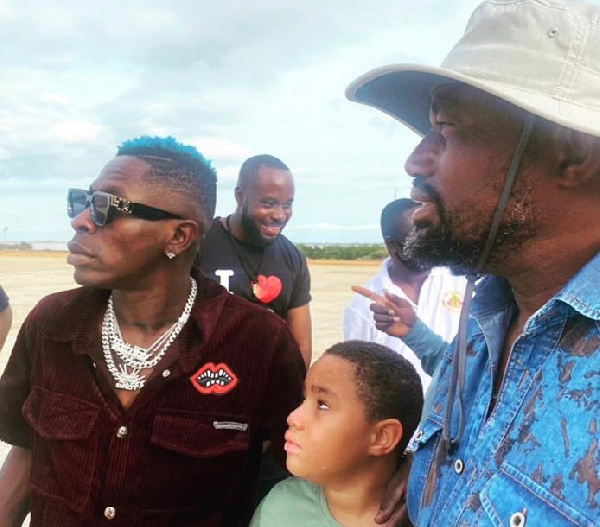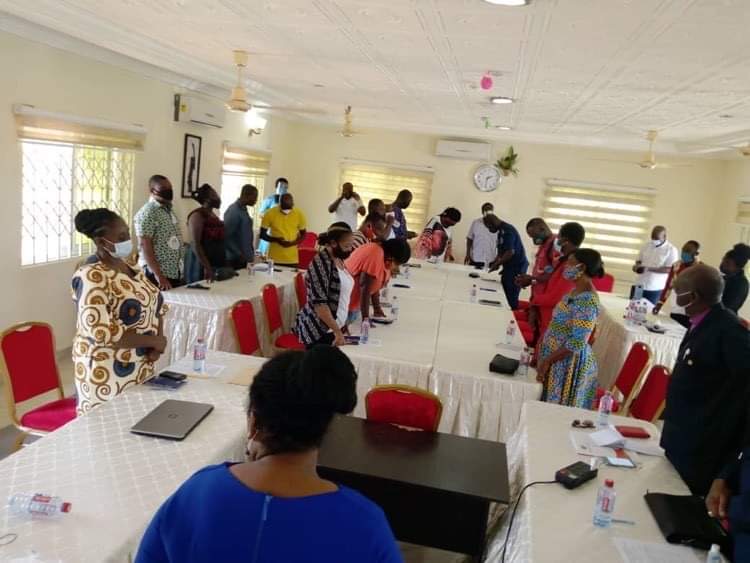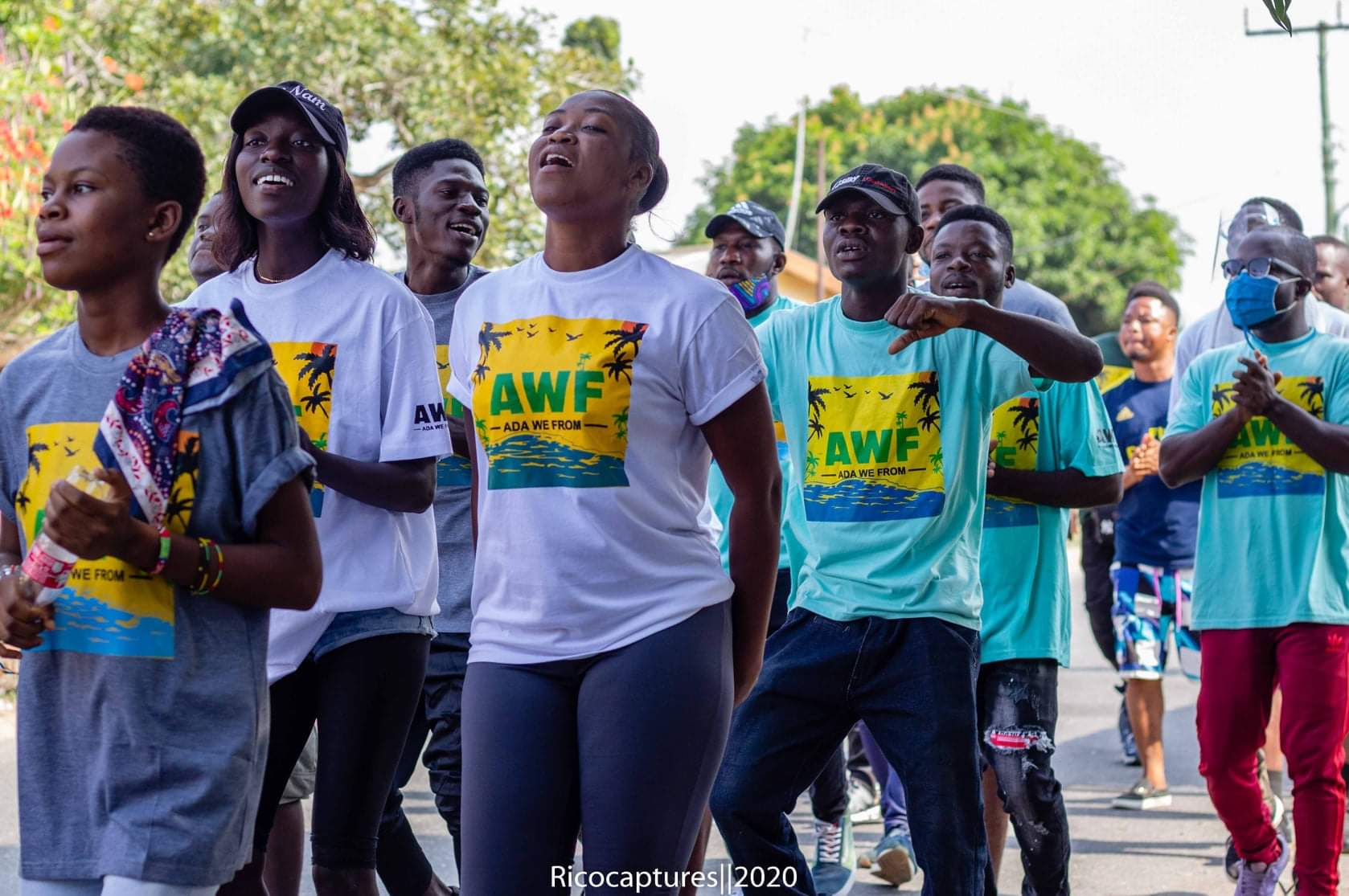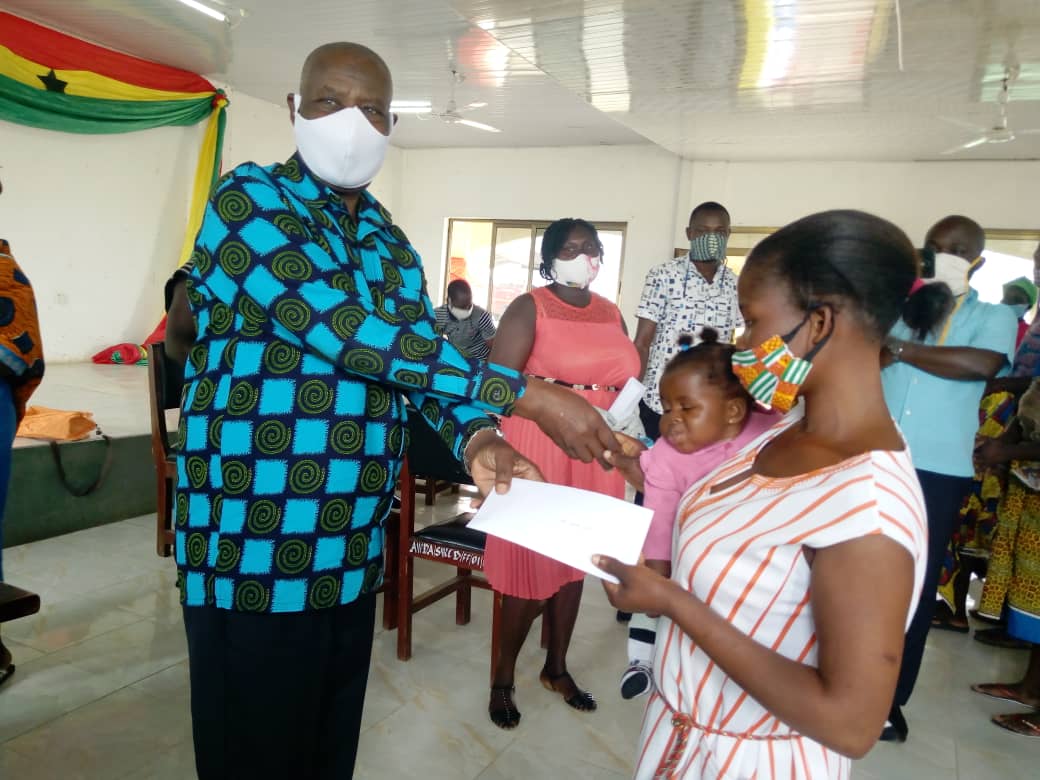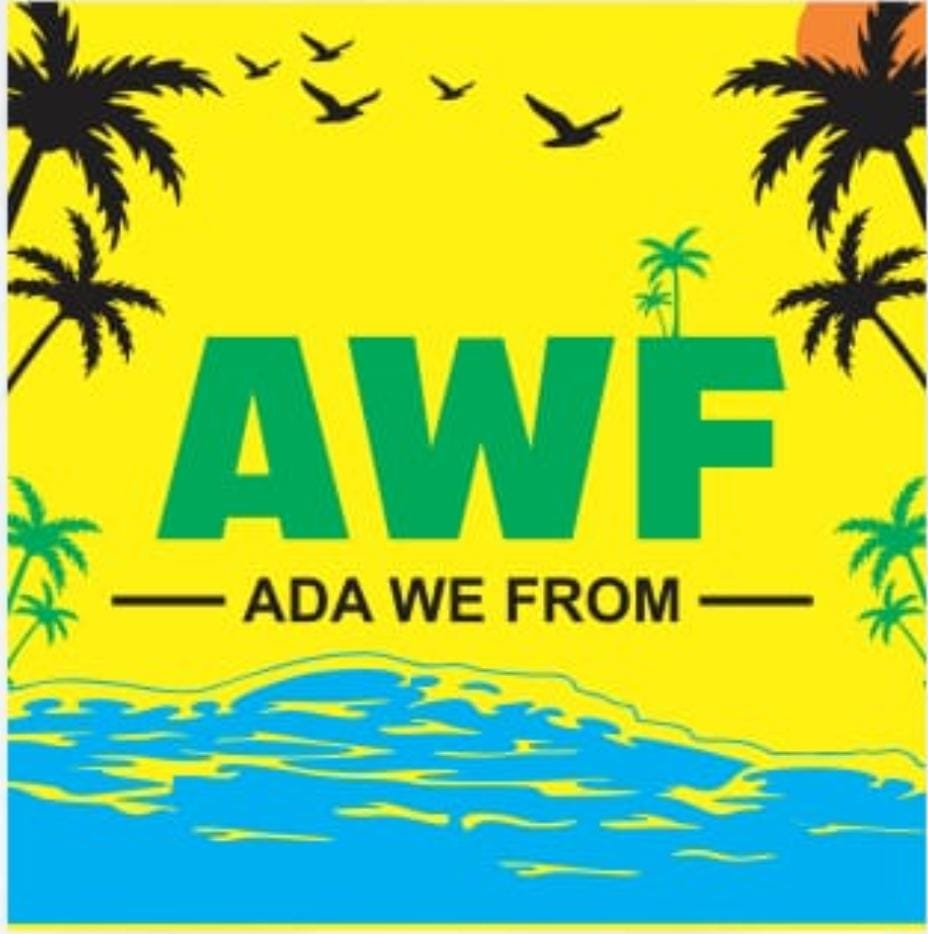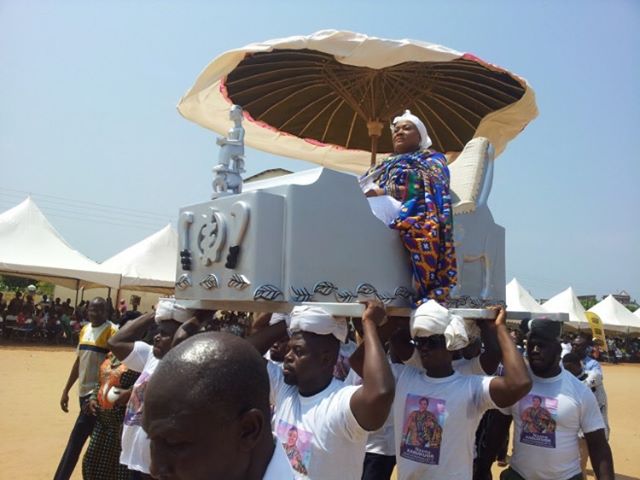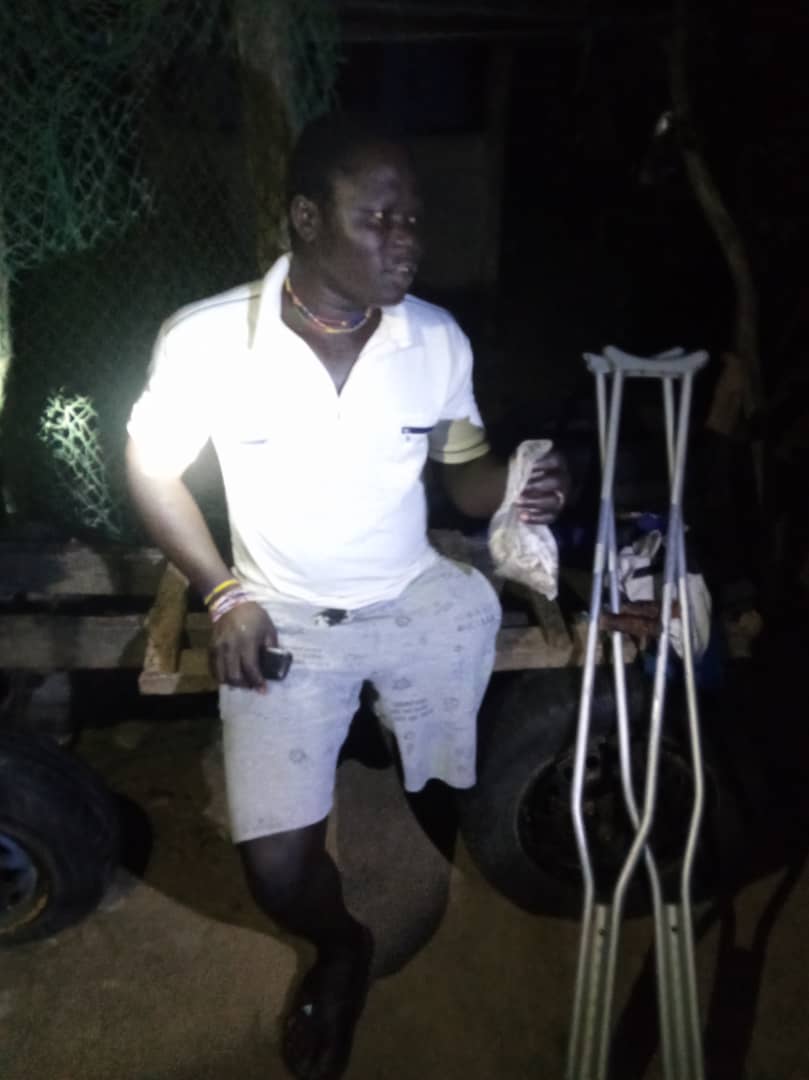The Settlement of the Adas
The Adas at their present abode came as a result of a migration of an ethnic group of people believed to be part of great African Negro race from the Western Sudan.
They comprised the Ada and others known today as the Krobos, Osudokus, Shais, Kpones, Prampram and Ningos, all formed the great ethnic group of Dangme.
From “Seme” they came to Oyo and then to Abeokuta, then to Dahomey, now Benin. In Dahomey, the Adas were forced by hostilities in that land from establishing an exclusive settlement, so they merge with the Ewes from Ketu. Then with the Ewes, they travelled to a place called Tade and accompanied them again up to Ngotsie in Togo. It was at Ngotsie that King Agorkoli Appellated the Adas as “ADAWOLAWO” meaning a wild, furious, brace and warlike people who are easily provoked. A name which has remained as a characteristics of the Adas as a tribe.
 The part of the Adas that were among this great migration were four (4) Okor Clan led by a priest King known as Adi. These Clans are Adibiawe, Lomobiawe, Tekperbiawe and Dangmebiawe. They together with Krobos, Osudokus and the Shais travelled by the overland route and crossed the Volta River at several points such as Aprade, Fodjoku near Akuse, Dorfor, Asutsuare and Vume.
The part of the Adas that were among this great migration were four (4) Okor Clan led by a priest King known as Adi. These Clans are Adibiawe, Lomobiawe, Tekperbiawe and Dangmebiawe. They together with Krobos, Osudokus and the Shais travelled by the overland route and crossed the Volta River at several points such as Aprade, Fodjoku near Akuse, Dorfor, Asutsuare and Vume.
The four(4) Okor tribes have a common taboo. The priest established a theocratic political institution which forbade them from seeing human blood. However, to sanctify the priesthood, they must be circumcised. The crossing of the river at Asutsuare was said to have come about as a result mystic, Tsiatey Avegbe, who was said to have jumbed into the Volta River and emerged as crocodile, with Odum board and spread across the Volta River for crossing. Adi and followers were the first to cross. Lomo and Lomobiawe crossed second followed by Terkperbiawe, Dangmebiawe, who crossed last as the gate sealers or rearguards, was led by Okumo. They were followed by the other Dangme groups.
After crossing, all the Dangme tribes settled in Togologo now called Lolorvor which is now known as Accra plains, for many years. Later events at Lolorvor served as their confederacy. It was said that there arose a misunderstanding between them and Manya leaders.
The other members of the group tried to persuade Adi to bury the differences but the Adas told the Krobos in the Ewe language that “Lolorvor” which means the cord binding us together is broken or severed; there is no more love to unite us. This saw the Krobos heading to the Shai Hills, leaving the Adas (Okor Clan) behind on the Accra Plains at Lolorvor near the present day Afienya hills.
The Akan war raids especially by the Ashanti forced the search for a place of safety. A survey team of famed hunters drawn from the four(4) clans set from “Lolorvor” to explore new lands for settlement. It was said that, Adibiawe group one hunter named Buete Kpakpaku Lomobiawe also gave one hunter by name Lomo. The Terkperbiawe group also gave one named Korley, Dangmebiawe-Okumo.
Their exploration took them as far as to Sege forest and the stream. At this place, Korley climbed a tree and surveyed all the land beyond and beheld a white sheet of land in the distance and all the four(4) famed hunters moved out to see what it was. Adi took the lead followed by Lomo, followed by Korley with Okomo at the rear. This brought about the discovery of Songor Salt Lagoon.
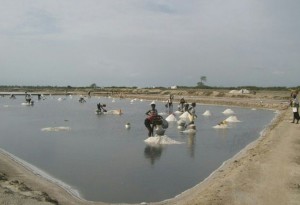 It was said that, Adi and Lomo went by the North of the lagoon and came as far as Togbloku. Korley and Okumo also took the south and came across the Okor forest by the sea where they walked up to the Volta estuary, near the present day Lolonyakope. It was alleged that one day, Korley went out on a hunting expedition and reached as far as Wokumagbe near Ningo.
It was said that, Adi and Lomo went by the North of the lagoon and came as far as Togbloku. Korley and Okumo also took the south and came across the Okor forest by the sea where they walked up to the Volta estuary, near the present day Lolonyakope. It was alleged that one day, Korley went out on a hunting expedition and reached as far as Wokumagbe near Ningo.
There he shot at and wounded a beast but it run away. Korley decided to follow the footprints of the beast until he reached a thick forest. In pursuit of the beast into the forest, he discovered a secret hamlet and met an old lady in it. The old lady was seated on a stool, adored with gold. Around her Korley saw crowded people, which to him, were apparitions and turned to retrace his steps to give up the pursuit of the wounded beast.
The crowd instantly beckoned him to return, begging him not to run away. Korley was said to have mastered courage and moved towards them. He told the crowd that he was a hunter who was in pursuit of the wounded beast and fell upon them in error. Korley was then told by the old lady that she was the beast he shot and wounded and that she charmed him to follow her to her secret hide out. She then asked Korley where he came from and he pointed out the direction of Afienya hills at Lolorvor.
At this juncture, the old lady disclosed her ownership of the Songor salt lagoon to him. She told Korley that, if he could faithfully observe the taboos and the preclusion on the usage of the lagoon and be faithful to this oath of fidelity to her, she will turn over the ownership of the Songor to him. In effect, the old lady listed the hidden wealth in the Songor lagoon as SALT & GOLD underneath the rock bed. The old lady asked Korley to assure her that when she gives the ownership of the Songor Lagoon, neither he nor his children after him, shall ever use GOLD as an Ornament.
The other Ada Clans
The ethnic groups discussed above are the for pure Dangme clans or Wetso populary referred to as (well) namely, Adibiawe, Lomobiawe, Tekperbiawe and Dangmebiawe.
Other Ada Clans
Has two other ethnic group divided into six main clans (or wetso) namely the clans of Akans ethnic origin and those of Ewe ethnic origin.
The Akans
They are people who joint the Dangmes in the Okor forest and were assimilated into the Dagme group after they had undergone the main Dangme rituals of circumcision. Thus became one of the Okor Clans. This is the Kabiawe Group which eventually assumed the Paramountcy of the Ada State. The Kabiawe gradually divided into three clans namely: Kabiawetsu, Kabiaweyumu, Kabiawekpono.
The Ewes
The clans of Ewe Ethnic origin are Kudzragbe, Korgbor and Ohuewem. The Kudzragbe Clan is the acclaimed allodial Landlord of the Big Ada Township and the surrounding areas. On the Historic migration from Ngortsie, the Ewe group moved along the great river volta basins, some families settling on the way as others forged on for batter security. One group settles at Agorta, just across the Volta from the present day Ada. In search of better safety on leader ventured on to the Gravedo island (now Tuanikope insland) from Agavedo the then leader/hunter/adventurer (Havitse) hit the main land of Ada at Agorkpo. Havitse explored the main land until he met the Dangmeli at the Okorgrove.
The Okor forest dwellers agreed to move down to join Havitse at the Volta side here. Havitse crossed back home to Agavedo and advised his people to cross over to this main land for batter safety some rejected the idea saying the day they travel would be the day of marketing themselves to death. This in Ewe translates briefly into Kudzram-Gbe (day of selling to deam). Those who agreed to leave Agarvedo island to the “Newfoundland” adopted this is expression as a bold appellation to indentify themselves hence the name Kudzragbe people.
The Koreabor Clan
Is believed to have crossed the Volta earlier and hit the land area of Vume and Tefle. Then they ventured inland to a spot near the Okor forest. The place is now historically known as Korgbor-magbenor( Korgbor Park). From here they also moved to join others to make the present day Ada. It is said that allocating them a place in Big Ada. The Kudzragbe landlords told them in Ewe “wo a no ko hea gbor” meaning “You also stay near this ant hill” hence the name Korgbor meaing at the anthill. Ohuewem is believed to have arrived from Penyi in Ewe land which Adas called “Ohue”. Why Dangme Lan Ruage Ada speaks Dangme mainly because of the original dominance of the four Dangme speaking (early) settlers hosted by the very few founder, the Kudzragbe prople of Ewe extraction led by Havitse (Ahavitse).


